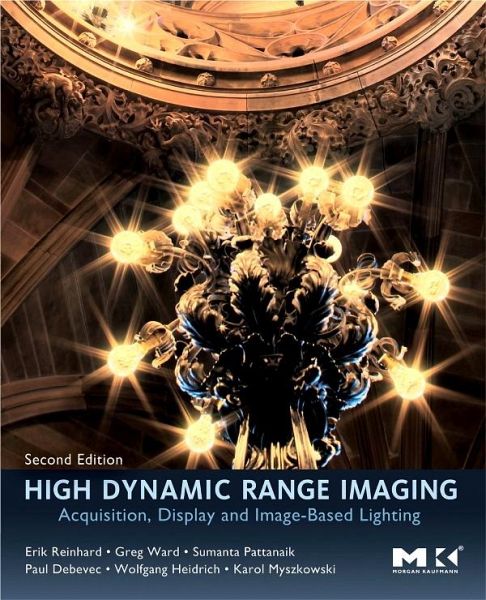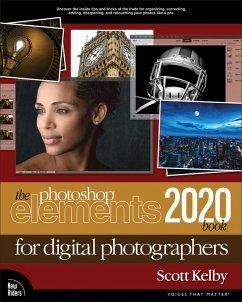
High Dynamic Range Imaging (eBook, ePUB)
Acquisition, Display, and Image-Based Lighting
Versandkostenfrei!
Sofort per Download lieferbar
54,95 €
inkl. MwSt.
Weitere Ausgaben:

PAYBACK Punkte
27 °P sammeln!
High Dynamic Range Imaging, Second Edition, is an essential resource for anyone working with images, whether it is for computer graphics, film, video, photography, or lighting design. It describes HDRI technology in its entirety and covers a wide-range of topics, from capture devices to tone reproduction and image-based lighting. The techniques described enable students to produce images that have a dynamic range much closer to that found in the real world, leading to an unparalleled visual experience. This revised edition includes new chapters on High Dynamic Range Video Encoding, High Dynami...
High Dynamic Range Imaging, Second Edition, is an essential resource for anyone working with images, whether it is for computer graphics, film, video, photography, or lighting design. It describes HDRI technology in its entirety and covers a wide-range of topics, from capture devices to tone reproduction and image-based lighting. The techniques described enable students to produce images that have a dynamic range much closer to that found in the real world, leading to an unparalleled visual experience. This revised edition includes new chapters on High Dynamic Range Video Encoding, High Dynamic Range Image Encoding, and High Dynamic Range Display Devices. All existing chapters have been updated to reflect the current state-of-the-art technology. As both an introduction to the field and an authoritative technical reference, this book is essential for anyone working with images, whether in computer graphics, film, video, photography, or lighting design. - New material includes chapters on High Dynamic Range Video Encoding, High Dynamic Range Image Encoding, and High Dynammic Range Display Devices - Written by the inventors and initial implementors of High Dynamic Range Imaging - Covers the basic concepts (including just enough about human vision to explain why HDR images are necessary), image capture, image encoding, file formats, display techniques, tone mapping for lower dynamic range display, and the use of HDR images and calculations in 3D rendering - Range and depth of coverage is good for the knowledgeable researcher as well as those who are just starting to learn about High Dynamic Range imaging - The prior edition of this book included a DVD-ROM. Files from the DVD-ROM can be accessed at: erikreinhard.com/hdr_2nd/index.html
Dieser Download kann aus rechtlichen Gründen nur mit Rechnungsadresse in A, B, BG, CY, CZ, D, DK, EW, E, FIN, F, GR, HR, H, IRL, I, LT, L, LR, M, NL, PL, P, R, S, SLO, SK ausgeliefert werden.













